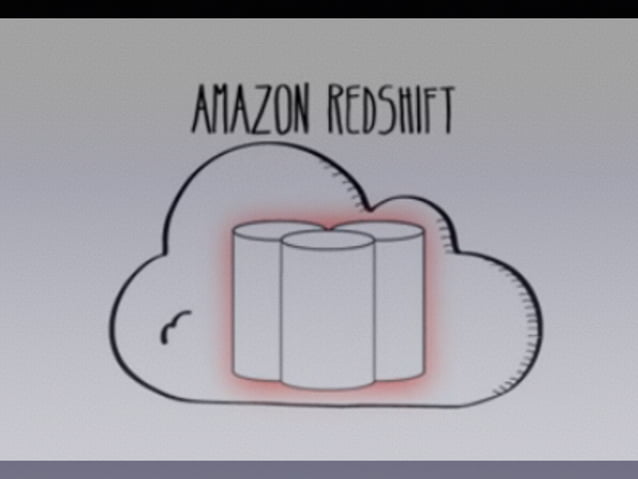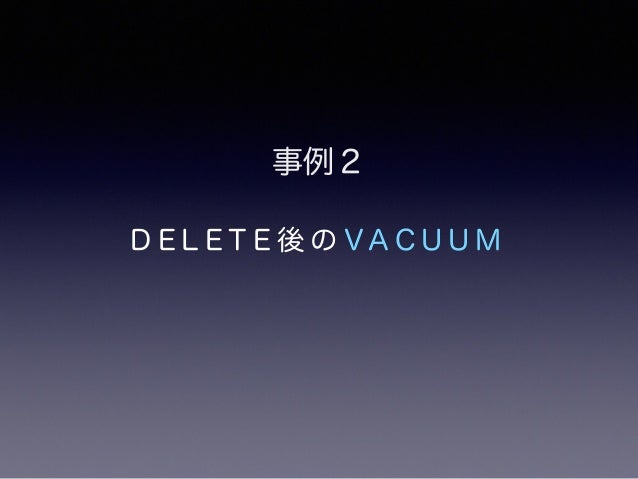

By turning on/off ‘–analyze-flag’ and ‘–vacuum-flag’ parameters, you can run it as ‘vacuum-only’ or ‘analyze-only’ utility. This Utility Analyzes and Vacuums table(s) in a Redshift Database schema, based on certain parameters like unsorted, stats off and size of the table and system alerts from stl_explain & stl_alert_event_log. When run, it will VACUUM or ANALYZE an entire schema or individual tables. The Redshift ‘Analyze Vacuum Utility’ gives you the ability to automate VACUUM and ANALYZE operations. COPY automatically updates statistics after loading an empty table, so your statistics should be up to date. The ANALYZE command updates the statistics metadata, which enables the query optimizer to generate more accurate query plans. The Column Encoding Utility takes care of the compression analysis, column encoding and deep copy. You can use the Column Encoding Utility from our open source GitHub project to perform a deep copy. If your table has a large unsorted region (which can’t be vacuumed), a deep copy is much faster than a vacuum.
Vacuum analyze redshift series#
To avoid resource intensive VACUUM operation, you can load the data in sort key order, or design your table maintain data for a rolling time period, using time series tables. A vacuum recovers the space from deleted rows and restores the sort order. The result of this, table storage space is increased and degraded performance due to otherwise avoidable disk IO during scans. This causes the rows to continue consuming disk space and those blocks are scanned when a query scans the table. when rows are DELETED or UPDATED against a table they are simply logically deleted (flagged for deletion), but not physically removed from disk. In Redshift, the data blocks are immutable, i.e.
Vacuum analyze redshift update#
Whenever you insert, delete, or update (In Redshift update = delete + insert) a significant number of rows, you should run a VACUUM command and then an ANALYZE command. For more information, please read the below Redshift documentation,


But once I change the diststyle to ALL, then the error disappears.Īny help on this would be very much appreciated.In order to get the best performance from your Redshift Database, you must ensure that database tables regularly analyzed and vacuumed. It fails at the ANALYZE command with the following error: (500310) Invalid operation: index "pg_toast_16408_index" is not a btree Post that, I performed a VACUUM and ANALYZE. I performed a COPY of around 60k records. CREATE TABLE eventsĮvent_actor1_known_group_code varchar(100) ,Įvent_actor1_religion1_code varchar(100) ,Įvent_actor1_religion2_code varchar(100) ,Įvent_actor2_known_group_code varchar(100) ,Įvent_actor2_religion1_code varchar(100) ,Įvent_actor2_religion2_code varchar(100) ,Įvent_Actor1_Geo_Full_Name varchar(500) encode lzo,Įvent_Actor1_Geo_Country_Code varchar(100) ,Įvent_Actor1_Geo_ADM1_Code varchar(100) ,Įvent_Actor1_Geo_FeatureID varchar(100) ,Įvent_Actor2_Geo_Full_Name varchar(500) encode lzo,Įvent_Actor2_Geo_Country_Code varchar(100) ,Įvent_Actor2_Geo_ADM1_Code varchar(100) ,Įvent_Actor2_Geo_FeatureID varchar(100) ,Įvent_Action_Geo_Full_Name varchar(500) encode lzo,Įvent_Action_Geo_Country_Code varchar(100) ,Įvent_Action_Geo_ADM1_Code varchar(100) ,Įvent_Action_Geo_FeatureID varchar(100) , I created a table in AWS Redshift (4-node dc1 cluster) in the following manner.


 0 kommentar(er)
0 kommentar(er)
